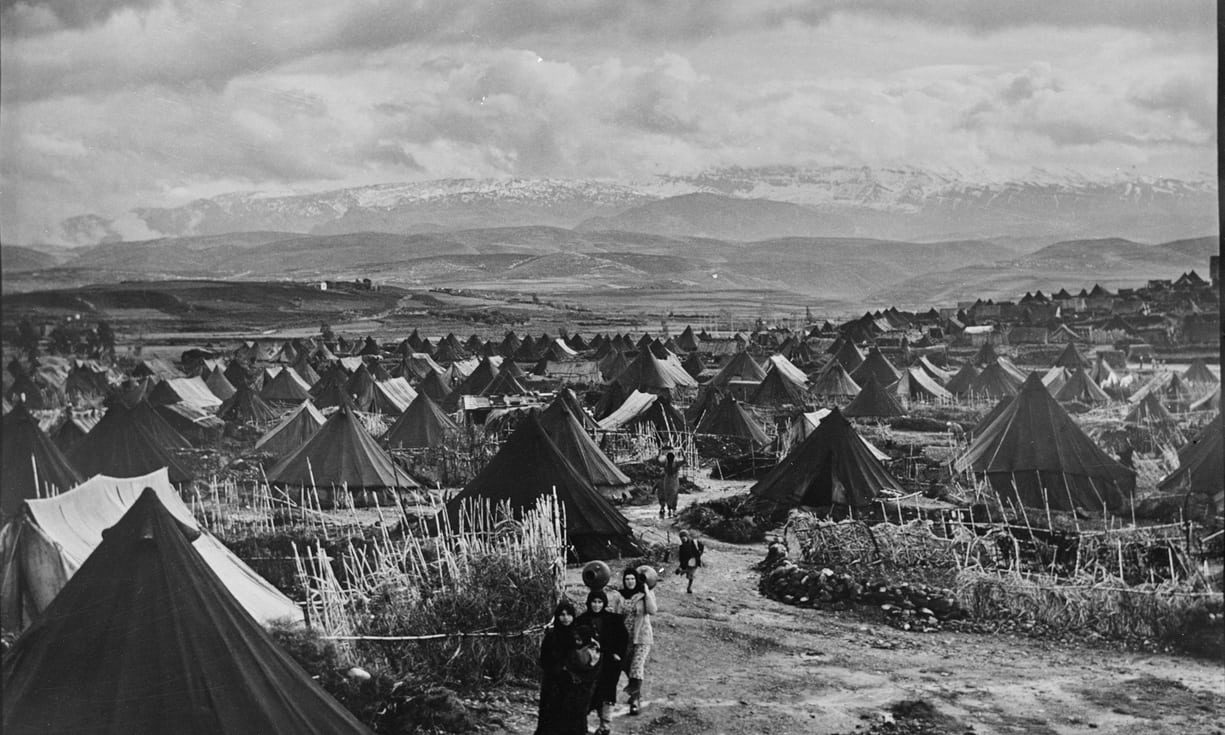The story begins with reports of strange lights seen in the night skies of the American West. The mystery lights seem attached to invisible aircraft which move in inexplicable ways for unknown purposes. At first, authorities dismiss the reports as hoaxes and the work of overactive imaginations. Nevertheless, they persist and a curious government agent decides to look into the matter. He is drawn into the intrigues of a cultish group and its charismatic leader who claims to have access to advanced technology of mysterious and, perhaps otherworldly, origin. Fearing the original investigator has lost all objectivity, or his mind, other agents intervene and initiate surveillance, interrogation, and arrests culminating in a declaration of insanity for the principal suspects. In the end, nothing is truly resolved and the mysterious lights continue to haunt the night skies.
The outline of an X-Files episode? No, this "Airship Mystery," for lack of a better name, is a forgotten episode in Utah history and of the broader history of Unidentified Flying Objects over the USA. Outside of a smattering of articles in the local press, the only real record of the case rests in the "Old German" files of the Bureau of Investigation, later the FBI. The relevant file, #8000-136072, even lacks a distinctive title; it is simply labeled "Various" like hundreds of others. The file runs to more than four hundred pages, and besides mysterious flying machines and miraculous anti-gravity devices, it records allegations of German spying, the intrigues of assorted Government agents, references to Freemasonry and the Mormon Church, plus hints of madness, the supernatural, the Hollow Earth and even a touch of marital infidelity. The fundamental question, of course, was what really was going on; an elaborate hoax, a con game, an outbreak of collective insanity, or something genuinely out-of-this-world? Was the Government's reaction an investigation or a cover-up?
This article does not purport to offer a definitive answer to any of these questions. Rather, it is a piece of historical detective work that will carefully examine the persons involved, review the resulting inquiry and assess a range of possibilities. If nothing else, the case demonstrates that
the key elements of what today is described as the "UFO phenomenon" were plainly evident a century ago, though couched in the terminology and mindset of the time.



Comment: